2003 Chevrolet Lumina

| The Good: – Strong engines – Large interior – Rear-wheel-drive |
The Bad: – Below-average fuel economy – Some interior fittings imperfect – Aging platform |
The Chevrolet Lumina’s blend of good performance, reasonable price, and good looks are definitely worth a look when shopping for a midsize sedan. Built by GM’s Australian Holden division, with some minor reworking, the Chevrolet-badged Lumina, which made its debut in 2000, has been making waves in the Middle East. Robust performance and precise handling contribute to the Lumina’s appeal, but its inherent strength stems from being specially engineered for the tough conditions of the Middle East. With a unique combination of internal spaciousness, rear-wheel drive, high output air-conditioning and proven reliability, the rear-wheel-drive Lumina has set new standards in motoring.
The four-door Lumina is available as LS, LTZ, S and SS in V6 or V8 trims. The V6 has fairly adequate power at 205 hp, while the V8 offers blistering performance with 328 hp. Transmission choices include a 5-speed manual or a 4-speed automatic. The Lumina got a facelift in 2003 to give a new sharper look, although the engines were only upgraded in 2004 for more power.
The basic LS functions as a decent family sedan with all the usual power options. The whole Lumina range is packed with an extensive list of standard equipment, including air conditioning, power steering, remote rear view mirrors, an audio system with CD-player, a remote keyless entry system, as well as a height adjustable driver’s seat. The V6, while not as smooth as ones from Toyota and Honda, is good enough for daily use. It is a bonus that the V6 can be had for less money than a comparable Camry V6 or Accord V6. The S trim adds a bit of spice with a sporty car look courtesy of an SS body kit.
The top model Lumina SS is quite possibly the best sports sedan bargain in the Middle East. Propelled by 470 Nm of V8 torque, its acceleration is certain to produce grins. Speed builds with dramatic quickness from launch right on up into triple-digit speeds. Unlike muscle cars of yore, this one has the benefit of traction control, GM’s throttle-feedback setup that slaps the gas pedal against your right foot whenever it’s active. This action can be interpreted as letting you know the system is at work or as a barb designed to annoy you to the point of switching traction control off altogether, depending on what degree of hooliganism you bring to the experience. Real muscle car gods will of course shut it off before even rolling a foot; on all but glossy-wet pavement, the rear end stays securely planted unless you deliberately bury your foot in the throttle. Besides the hearty acceleration, the SS further encourages such leadfootedness with its perfect muscle-car exhaust tone. The Lumina V6 is available in S trim sporting an SS lookalike body kit. However, when driving the real SS, a deep, rich rumble at idle announces from the minute you turn the key that this is no V6-motivated pretender.
On the highway, the Lumina’s engines settle down to a satisfying, effortless-sounding lope. There’s gobs of power still left untapped in 70-mph cruising, in both V6 and V8. With the auto, punch it at those sorts of speeds and you’re greeted with a reasonably prompt downshift of the automatic transmission and the sight of any roadborne pests instantly shrinking in your rearview mirror. Minimal wind and road noise further the sense of relaxing calm at long-distance velocities.
Although such straight-line cruising provides plenty of satisfaction, the real fun comes when you pull off to work the back roads. There’s plenty of grip for tight, fast manoeuvring and quick transitions. The Lumina’s general handling bias is understeer, but not annoyingly so. In 360-degree skidpad-type manoeuvres, the car stays impressively balanced. As speed builds, grip gradually gives way front tyres first, with plenty of warning. Letting off the gas mid-corner at the limits allows this understeer to scrub off predictably, although doing so brings little or no lift-throttle oversteer.
The Lumina’s steering is impressive, with the only quibbles being that the ratio is perhaps a tad slow for what the rest of the solid-performing chassis is capable of, and that there’s a smidgeon of on-centre vagueness at speed. Those complaints, however, are more than offset by pleasing weightiness and confidence-inspiring road feel. In hard cornering, one might expect a big midsize like the Lumina to heel over quite a bit. But instead, there’s only modest body lean, enhancing the car’s overall feeling of controlled competence, even more so with the sports suspension in the SS. The Lumina’s impressively rigid structure undoubtedly has a lot to do with this. What’s more, the brakes are well up to the task of reigning in the considerable energy that can be generated by this car’s potent engine and chassis. Hard braking at speed slows the car quickly with little drama, aided by a firm pedal feel that allows easy modulation. Fuel consumption is already on the high side with the large V6, and matters are worse with the V8. Insurance on the V8 models is also astronomical. Performance has a price.
Complementing that impression of solid heft is our test car’s generally good build quality; there’s nary a squeak or rattle, even over rough pavement. The only shortcomings inside are minor ones, most obviously the climate controls that betray their nice, tactile rubber grips by having a weak, plasticky action when you rotate them. Materials used throughout the cabin are pleasing, with good-quality seats, attractive suede panels, and decent-looking plastic finishes.
The sedan offers a large trunk, with as much space as the Camry, and more than the Accord or Maxima. Driver and front passenger enjoy comfortable, supportive seats with plenty of head and leg room for six footers. The back seats are similarly comfortable with a shape that mimics the big-bolstered bucket design of the fronts. And the Lumina offers plenty of knee room for long-legged backseaters–a happy result of the car’s long wheelbase.
The Lumina is slowly gaining ground in the Middle East as a family car comparable to the Accord and Camry. However, this is not reflected in the resale values. The V8 models especially depreciate rapidly, but this trend is common with performance cars locally.
For a bit of trivia, the Chevrolet Lumina is a rebadged Holden Commodore, which in turn is a stretched version of the German Opel Omega chassis. The rear-wheel-drive Opel Omega chassis dates back to the early 90s. And if you remember, the Cadillac Catera was a rebadged Omega with Cadillac styling cues. If you look hard enough, you will see Catera design cues on the Lumina.
| Price Range: Dh 60,000-110,000 Current Model Introduced in: Body Styles: Engines: Transmissions: Setup: Suspension: |
Brakes: Front: discs Rear: discs Curb Weight: Length: Wheelbase: Top Speed: Test Acceleration 0-100 kph: Observed Test Fuel Economy: |
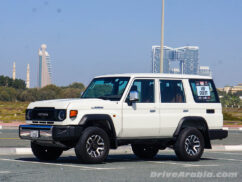
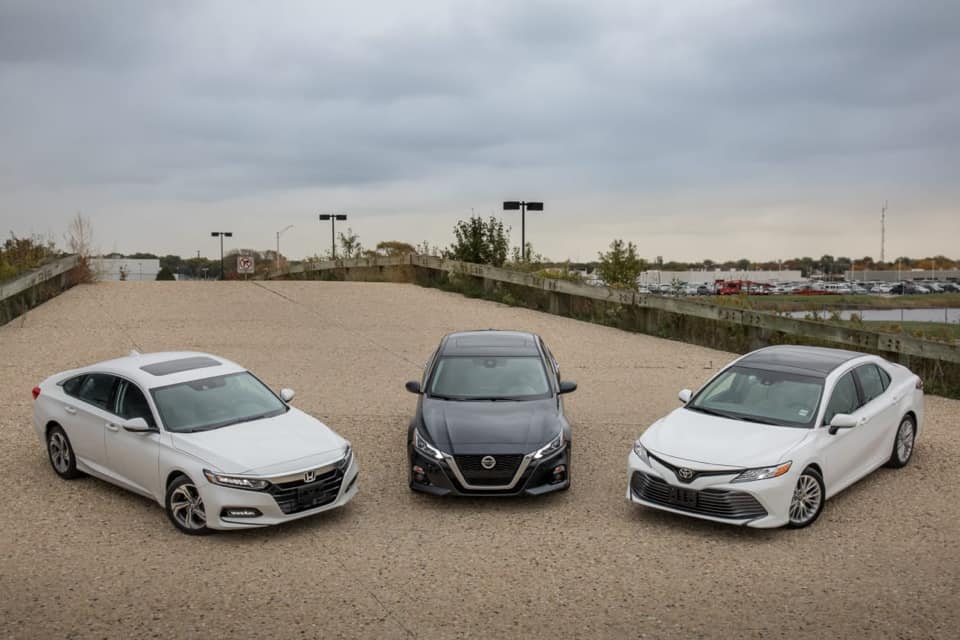
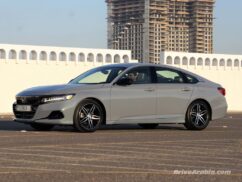
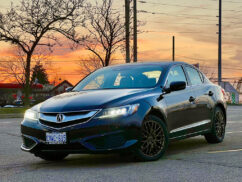
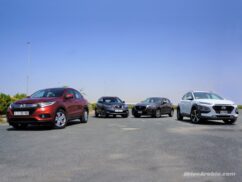
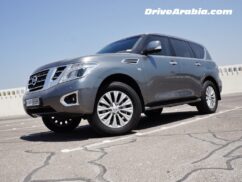
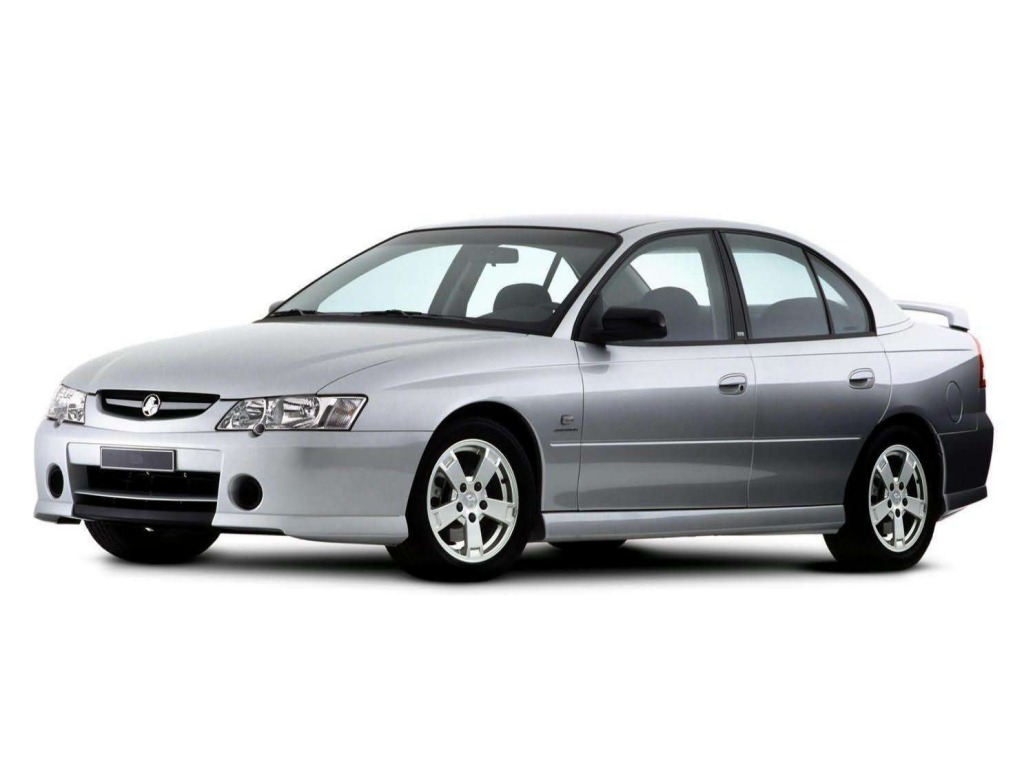
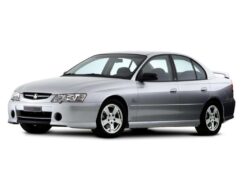
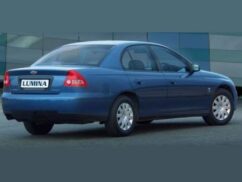
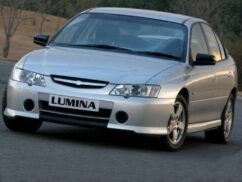
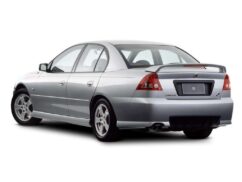
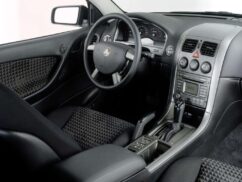
Comments
hazlinda
i have this model car, but want to buy spare parts for this model, any suggestion for me to get the spare parts (gasket)
Montaser
i have lumina 2003 S V6
A JALIL AHMED
PLEASE LET ME KNOW WHAT IS THE SIZE OF THE TYER LUMINA 2004 3.8 L